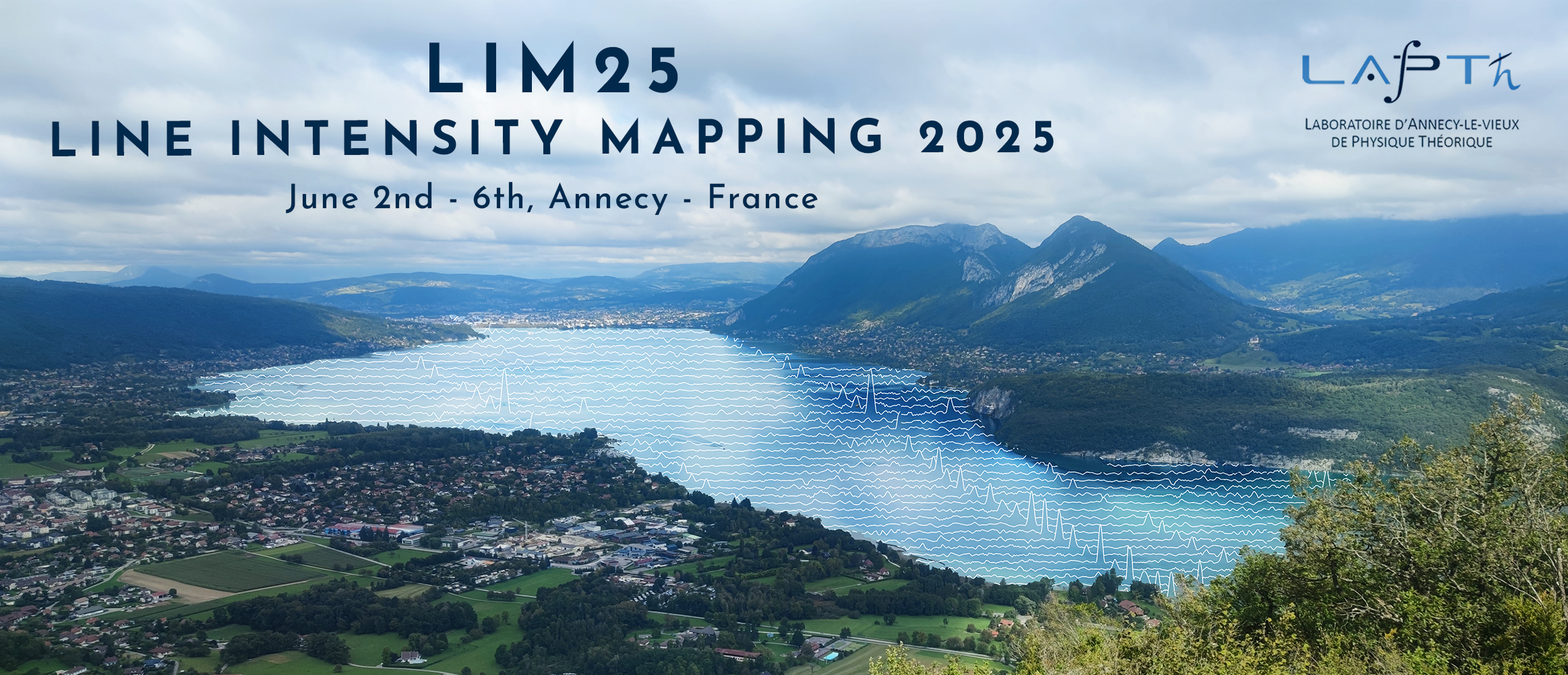Orateur
Description
The Square Kilometer Array (SKA-Mid) will map the post-reionization Universe, using the 21cm line emitted by the neutral Hydrogen (HI) with accuracy and detail that was never possible. The SKA-Mid will first make the statistical detection of the 21cm signal via power spectrum measurements, and the inference of astrophysics of the galaxies and Cosmology will follow with these detections. The power spectrum, by definition, measures the amplitude of the signal fluctuations at different scales and only completely characterizes the statistical properties of a signal, which is a Gaussian random field. However, due to the gravitational instability, the redshifted 21cm signal from the post-EoR will be highly non-Gaussian. Additionally, the signal will contain the imprints of the primordial non-Gaussianity. Thus, to quantify the non-Gaussianity in the 21cm signal, one has to consider higher-order statistics such as the bispectrum. However, residual foreground and systematics associated with the instrument will hinder a high signal-to-noise ratio detection of the 21cm auto bispectrum with fewer observational hours. One way to boost the signal-to-noise ratio is to do a cross-correlation measurement with galaxy redshift surveys. Additionally, these cross-correlations have the potential to provide improved constraints on the Cosmological parameters. In this talk, we will discuss the prospects of 21cm - galaxy cross-bispectrum with SKA-Mid and Euclid. We will show the forecast on the detectability of the 21cm-galaxy cross bispectrum for all the unique k-triangles using state-of-the-art HI and foreground simulations. Additionally, we will discuss the nature of this cross-bispectrum and its ability to constrain dark matter models and cosmological parameters. These analyses highlight the potential of combining 21cm observations with complementary datasets in this era of precision Cosmology.

